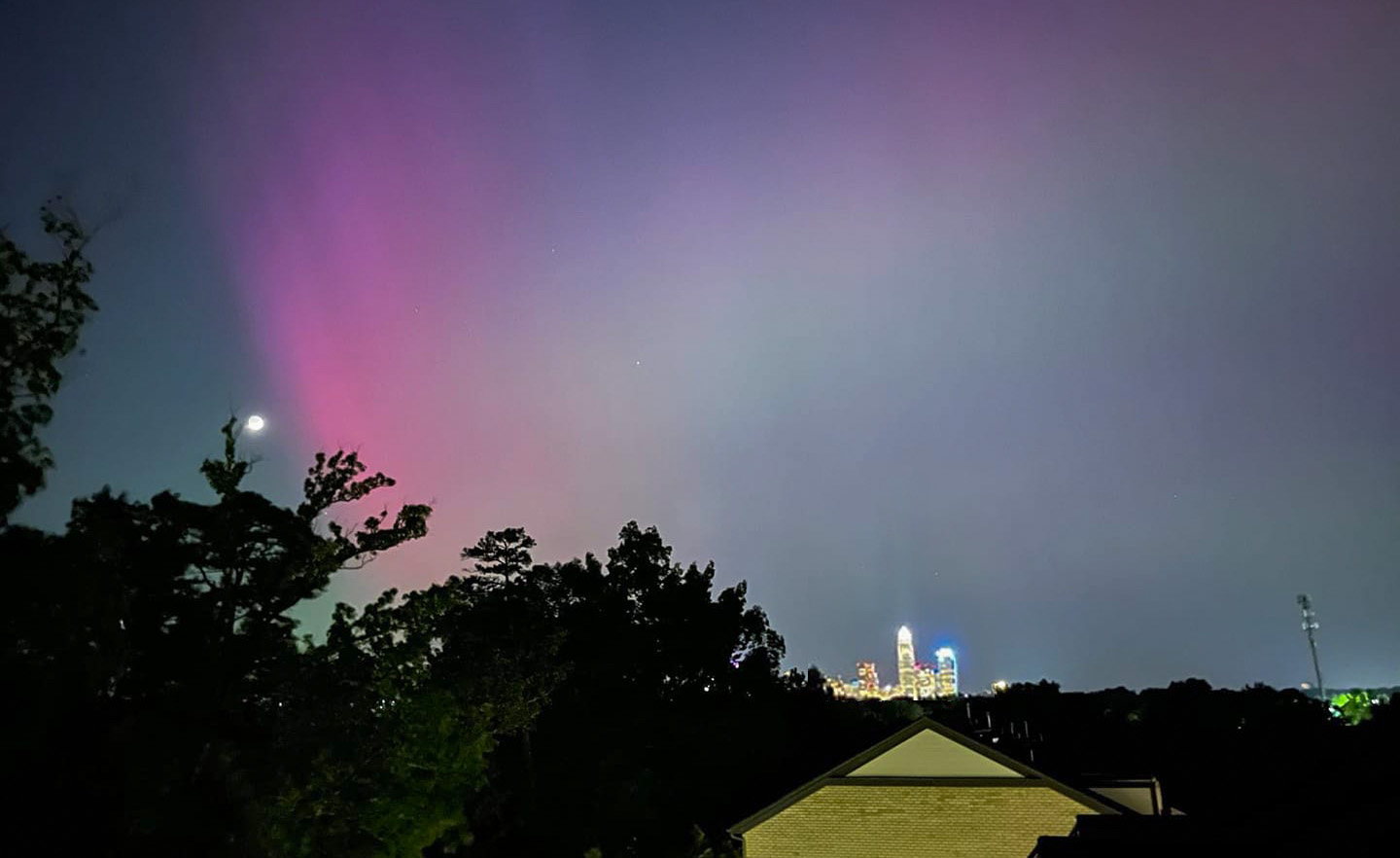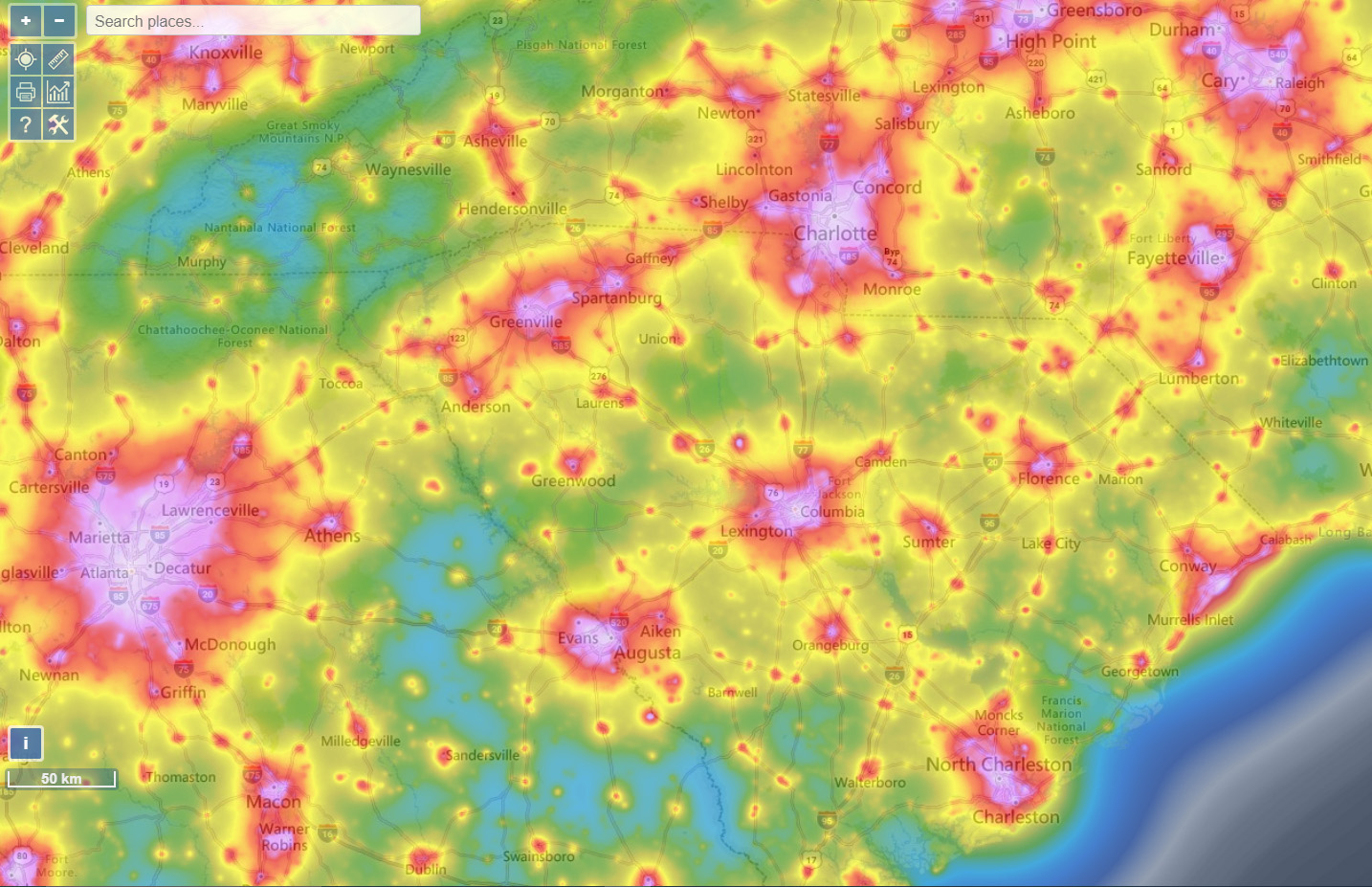
A massive X 1.4-class solar flare erupted yesterday and has already started causing radio blackouts across the US and Western Europe. This powerful event originated from the same sunspot responsible for the stunning northern lights display on May 10th.
The sunspot the flare came from, now named AR3697, was previously identified as AR3664 during the May 10th storm. This sunspot released a series of coronal mass ejections that collided with Earth, triggering a geomagnetic storm. It ultimately sparked auroras visible in all 50 U.S. states and even Mexico.
The current NOAA Space Weather Prediction Center forecast is relatively modest, however, we saw that same modesty given days before the May 10th storm.
Back on May 8th, NOAA predicted a G1-G2 storm for May 9th – May 11th:
WATCH: Geomagnetic Storm Category G2 Predicted
Highest Storm Level Predicted by Day:
May 09: None (Below G1) May 10: G1 (Minor) May 11: G2 (Moderate)
Issue Time: 2024 May 08 1603 UTChttps://t.co/ZbtuNtIFJC— NOAA Space Weather Prediction Center (@NWSSWPC) May 8, 2024
Last night, NOAA issued a very similar alert, albeit slightly larger for this weekend’s May 30th – June 1st solar flare storm:
WATCH: Geomagnetic Storm Category G2 Predicted
Highest Storm Level Predicted by Day:
May 30: None (Below G1) May 31: G2 (Moderate) Jun 01: G2 (Moderate)
Issue Time: 2024 May 29 2126 UTChttps://t.co/ZbtuNtIFJC— NOAA Space Weather Prediction Center (@NWSSWPC) May 29, 2024
The new storm is being generated by a sweeping “long-duration X1.45-flare”.
Region 3697 (old Region 3664) is at it again! A long-duration X1.45-flare and a nearly Earth-directed #solarstorm launch today. We may be grazed by the shockwave of this storm in a couple of days. Radio operators on the dayside are feeling this R3-level #Radioblackout for sure! pic.twitter.com/vNONHvktuZ
— Dr. Tamitha Skov (@TamithaSkov) May 29, 2024
If the storm increases in strength on its approach to earth, there is a small possibility of seeing northern lights in the Carolinas once again.
If you want to get your own shots of the aurora, you’ll need a long-exposure camera. Go to a very dark place where you have an unobstructed view toward the northern sky. The best place would be a remote mountain with north-facing views.
You can find the dark spots in your area using the official light pollution map here.
Happy aurora hunting!



